
 |
| FIG. 271.--Shield, helmet, and crest of Edward the Black Prince suspended over his tomb in Canterbury Cathedral. |
 |
 |
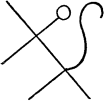 |
| FIG. 272. | FIG. 273. | FIG. 274. |
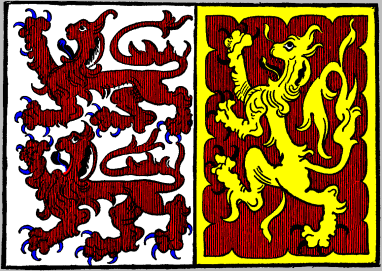 |
| FIG. 275.--Arms of Strange and Talbot. (From a design for a banner.) |


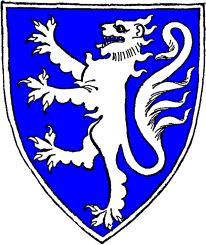 |
| FIG. 276. |
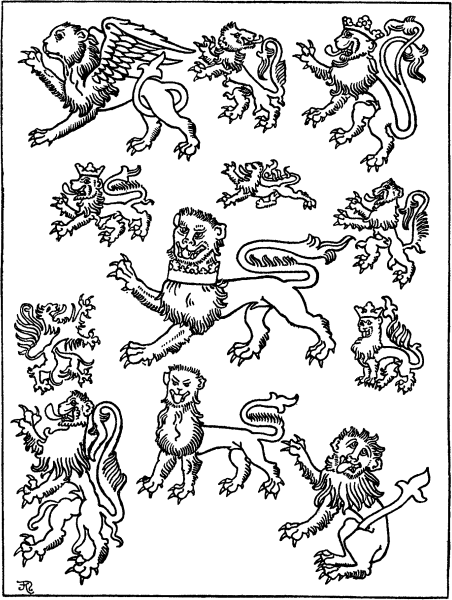 |
| FIG. 277.--Lions. (Drawn by Mr. J. Forbes Nixon.) |


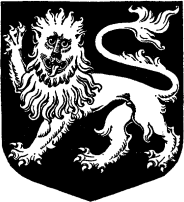 |
 |
| FIG. 278.--Lion passant guardant. (By Mr. 0. Scruby.) | FIG. 279.--Lion rampant. (By Mr. G. Scruby.) |
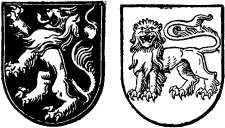 |
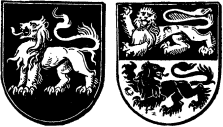 |
| FIG. 280.--Lion rampant and lion statant guardant, by Mr. G. W. Eve. (From "Decorative Heraldry.") | FIG. 281.--Lion statant, lion passant guardant, and lion passant regardant, by Mr. G. W. Eve. (From "Decorative Heraldry." |
 |
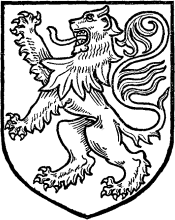 |
| FIG. 282.--A lion rampant.(By Miss Helard.) | FIG. 283.--A lion rampant.(By Miss Helard.) |
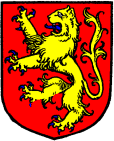 |
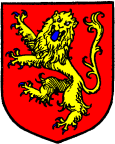 |
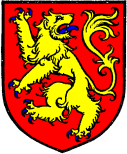 |
| FIG. 284.--Lion rampant. | FIG. 285.--Lion rampant guardant. | FIG. 286.--Lion rampant regardant. |
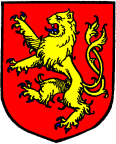 |
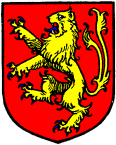 |
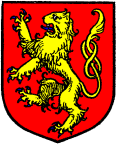 |
| FIG. 287.--Lion rampant double queued. | FIG. 288.--Lion rampant queue-fourché. | FIG. 289.--Lion rampant, tail nowed. |
 |
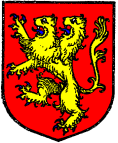 |
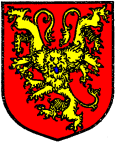 |
| FIG. 290.--Lion rampant, tail elevated and turned over its head. | FIG. 291.--Lion rampant, with two heads. | FIG. 292.--Tricorporate lion. |
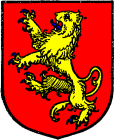 |
| FIG. 293.--Lion coward. |
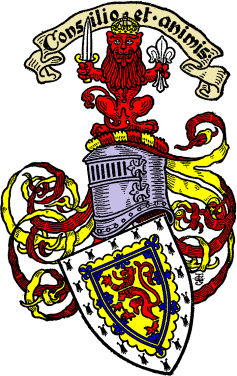 |
| FIG. 294.--Armorial bearings of Alexander Charles Richards Maitland, Esq.: Or, a lion rampant gules, couped in all his joints of the field, within a double tressure flory and counter-flory azure, a bordure engrailed ermine. Mantling gules and or. Crest: upon a wreath of his liveries, a lion sejant erect and affronté gules, holding in his dexter paw a sword proper, hilted and pommelled gold, and in his sinister a fleur-de-lis argent. Motto: "Consilio et animis." |
*1 Arms of Sandwich: Party per pale gules and azure, three demi-lions passant guardant or, conjoined to the hulks of as many ships argent.Lion statant.--The distinction between a lion passant and a lion statant is that the lion statant has all four paws resting upon the ground. The two forepaws are usually placed together (Fig. 300). Whilst but seldom met with as a charge upon a shield, the lion statant is by no means rare as a crest.
*2 Arms of Hastings: Party per pale gules and azure, a lion passant guardant or, between in chief and in base a lion passant guardant or, dimidiated with the hulk of a ship argent.
*3 Arms of Ramsgate: Quarterly gules and azure, a cross parted and fretty argent between a horse rampant of the last in the first quarter, a demi-lion passant guardant of the third conjoined to the hulk of a ship or in the second, a dolphin naiant proper in the third, and a lymphad also or in the fourth. Crest: a naval crown or, a pier-head, thereon a lighthouse, both proper. Motto: "Salus naufragis salus ægris."
*4 Arms of Yarmouth: Party per pale gules and azure, three demi-lions passant guardant or, conjoined to the bodies of as many herrings argent. Motto: "Rex et nostra jura."
 |
 |
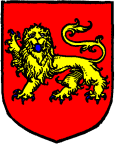 |
| FIG. 295.--Two lions rampan combatant. | FIG. 296.--Lion passant | FIG. 297.--Lion passant guardant. |
 |
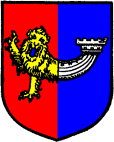 |
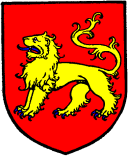 |
| FIG. 298.--Lion passant regardant. | FIG. 299.--Lion passant guard. dimidiated with the hulk of a ship. | FIG. 300.--Lion statant. |
 |
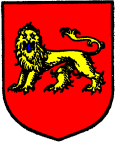 |
 |
| FIG. 301.--Lion statant tail extended. | FIG. 302.--Lion statant guardant. | FIG. 303.--Lion salient. |
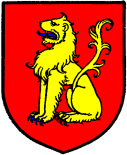 |
 |
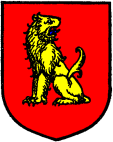 |
| FIG. 304.--Lion sejant. | FIG. 305.--Lion sejant guardant. | FIG. 306.--Lion sejant regardant. |
 |
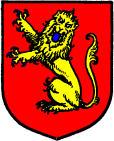 |
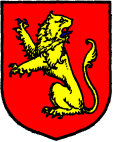 |
| FIG. 307.--Lion sejant erect. | FIG. 308.--Lion sejant guardant erect. | FIG. 309.--Lion sejant regardant erect. |
 |
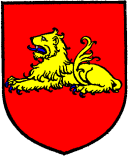 |
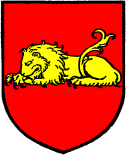 |
| FIG. 310.--Arms of Sebastian Schärtlin von Burtenbach. | FIG. 311.--Lion couchant. | FIG. 312.--Lion dormant. |

 It represents the arms of the celebrated Lansquenet Captain Sebastian Schärtlin (Schertel) von Burtenbach [" Gules, a lion sejant affronté erect, double-queued, holding in its dexter paw a key argent and in its sinister a fleur-de-lis]. His victorious assault on Rome in 1527, and his striking
successes against France in 1532, are strikingly typified in these arms, which were granted in 1534.
It represents the arms of the celebrated Lansquenet Captain Sebastian Schärtlin (Schertel) von Burtenbach [" Gules, a lion sejant affronté erect, double-queued, holding in its dexter paw a key argent and in its sinister a fleur-de-lis]. His victorious assault on Rome in 1527, and his striking
successes against France in 1532, are strikingly typified in these arms, which were granted in 1534. |
 |
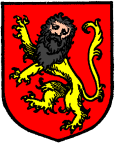 |
| FIG. 313.--Winged lion. | FIG. 314.--Sea lion. | FIG. 315.--Man-Lion. |

 and should be of interest to the student of early armory:--
and should be of interest to the student of early armory:--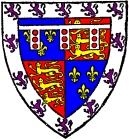 |
| FIG. 316.--Arms of Richard of Conisburgh, Earl of Cambridge. (From. MS. Cott., Julius C. vii.) |

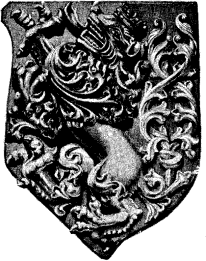 |
| FIG. 317.--Arms of Bohemia, from the "Pulver Turme" at Prague. (Latter half of the fiteenth century. |
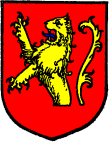 |
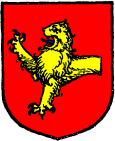 |
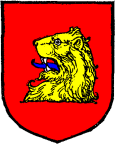 |
| FIG. 318.--A demi-lion rampant. | FIG. 319.--A demi-lion passant. | FIG. 320.--A lion's head couped. |
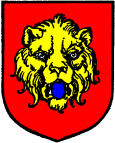 |
| FIG. 321.--A lion's face. |